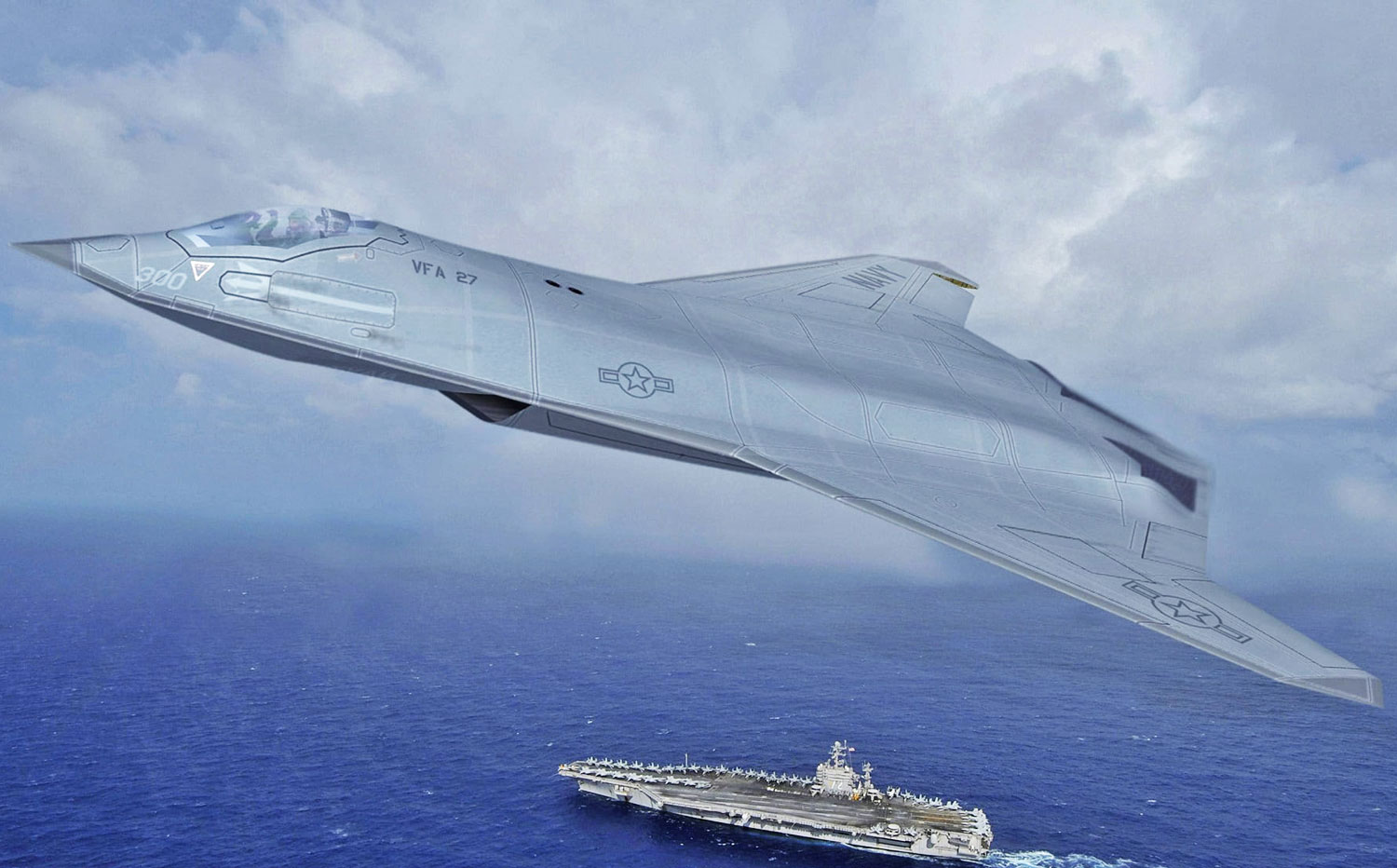SOURCE: AFI

The development of a sixth-generation fighter jet is a complex and resource-intensive endeavor. India, aiming to establish itself as a global aerospace power, is at a crossroads. Should it pursue separate programs for the Indian Air Force (IAF) and the Indian Navy (IN), or consolidate efforts under a single umbrella? This article argues for the Indian Navy taking the lead on this critical project.
The core technologies required for both air and naval platforms share significant overlap. Areas such as stealth, advanced avionics, propulsion systems, and materials science are fundamental to both. By consolidating research and development under the Navy, there is a greater potential for cost-effectiveness and accelerated development.
Aircraft designed for carrier operations inherently possess superior capabilities. They are built to withstand the harsh maritime environment, demanding higher structural integrity, advanced landing systems, and improved survivability. These attributes are directly transferable to land-based variants, enhancing their overall performance.
A Navy-led program ensures seamless integration with other naval assets. The fighter can be optimized for carrier operations, anti-ship warfare, and long-range strike missions. This holistic approach maximizes the aircraft’s potential and combat effectiveness.
The Indian Navy already possesses a robust infrastructure for aircraft development, testing, and maintenance. This existing ecosystem can be leveraged to support the sixth-generation fighter program, reducing development time and costs.
Many naval powers, such as the United States, have successfully developed carrier-based fighters that have subsequently formed the basis for their land-based counterparts. Following this proven path can increase the chances of success for the Indian program.
By consolidating the sixth-generation fighter program under the Indian Navy, the need for two separate development efforts can be eliminated. This will result in significant cost savings, reduced duplication of efforts, and accelerated time-to-market.
Furthermore, a unified program will foster a larger talent pool, allowing for the sharing of expertise and best practices between the Navy and Air Force. This collaborative approach will enhance innovation and problem-solving capabilities.